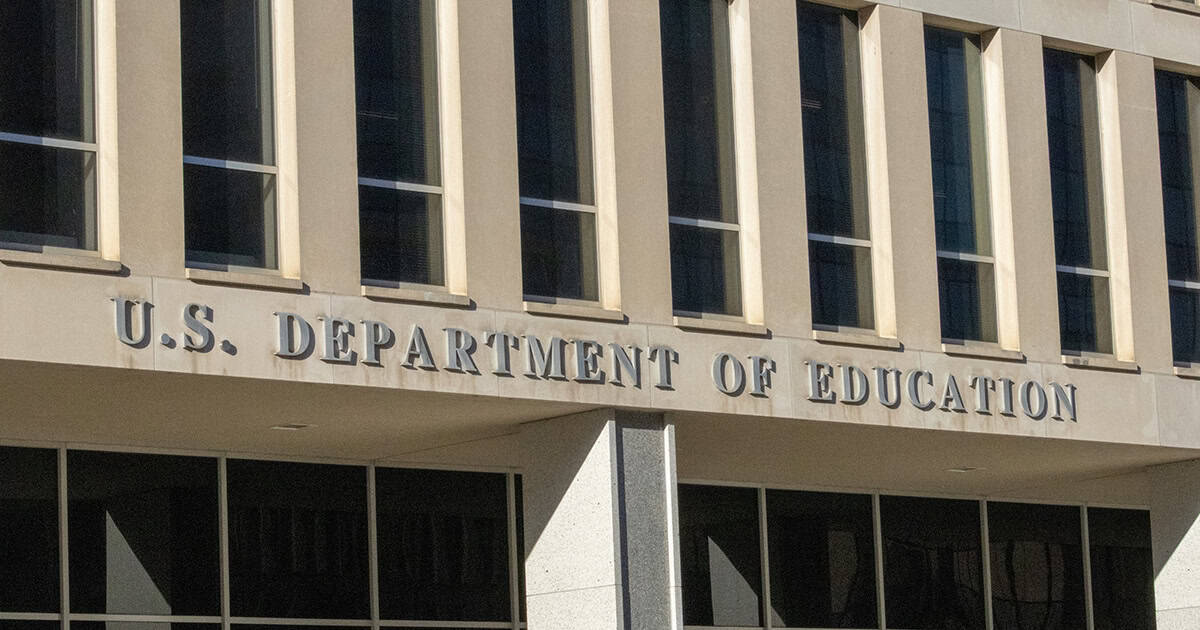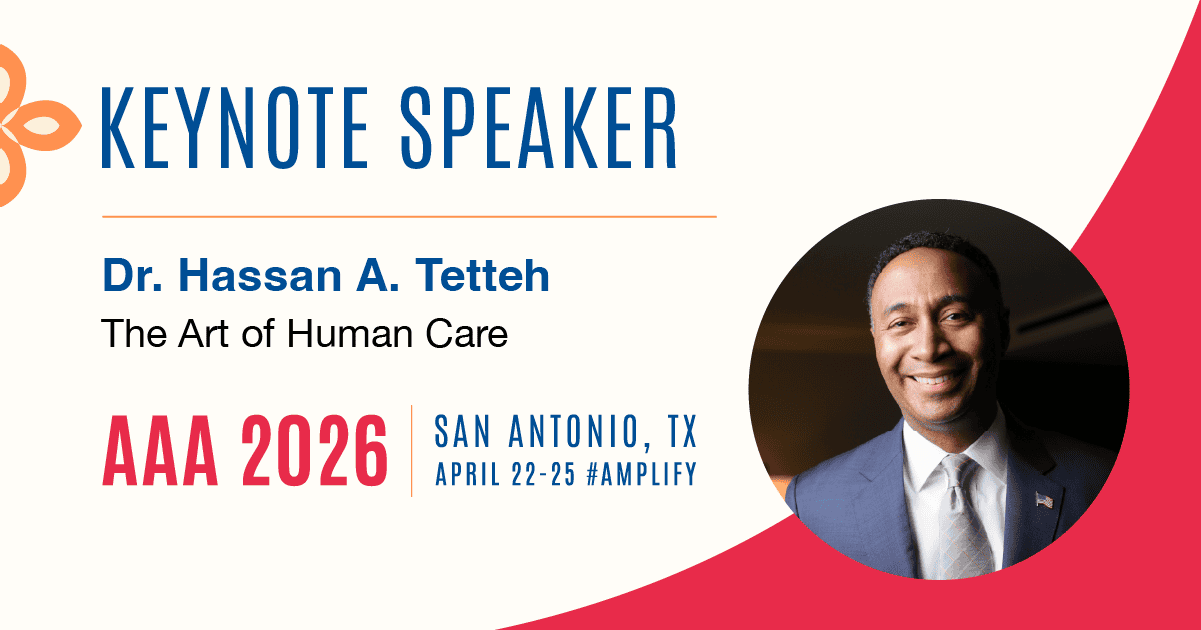Today, more Americans are burdened by student loan debt than ever before. Student loan debt affects new professionals across many professions, including audiology. There are many loan repayment options and programs available, but for many new professionals, the first time you learn about the options and programs is when you’re about to graduate and have to choose a payment plan. One program that has received some media attention over the past few years is the Public Service Loan Forgiveness Program, or the PSLF. Under the PSLF program, the balance of your loans are forgiven after you have made 120 qualifying monthly payments while working full-time for a qualifying employer. Pay attention to that very important word: qualifying. In order to be eligible for this program, you have to make a certain type of payment and work for a certain setting/employer.
So the question is, do I qualify for this program? First, let’s look at the type of monthly payment. A qualifying monthly payment is one that is made after October 1, 2007, is under a qualifying repayment plan, is for the full amount due, is no later than 15 days after the due date, and is made while employed full -time for a qualifying provider. Payments made while you are in school, during a grace period, in deferment, or in forbearance do not count. The qualifying payments do not need to be consecutive; however, you only receive credit for one payment per month. If you’re paying ahead, you cannot receive credit for a qualifying PSLF payment during a month when no payment is due.
For the repayment plan type itself, only certain ones are eligible for the PSLF program. All of the income driven repayment plans will work, as well as the 10 year standard repayment plan. Be careful there, though. If you choose the 10 year standard repayment plan, you will have no loans left to forgive once you have made the 120 qualifying PSLF payments.
The type of loan also matters for this program. Only Direct Loans are eligible for PSLF. If you have Federal Family Education Loans (FFEL) or Federal Perkins Loans you can make these eligible by consolidating them into a Direct Consolidation Loan, but any payments made prior to the consolidation do not count towards the 120 required PSLF payments. If you have both Direct Loans and other loans and consolidate those types, you lose credit for any qualifying PSLF payments you made prior to consolidation. Additionally, the Standard Repayment Plan for Direct Consolidation Loans is not the same as the Ten Year Standard Repayment plan, and the payments made under the Standard Repayment Plan for Direct Consolidation Loans do not usually qualify as PSLF payments. Therefore you must be paying income driven payments if you have consolidated other loans into a Direct Loan.
In regards to employers, qualifying employers include government organizations at any level (excluding for-profit government contractors), 501(c)3 nonprofit organizations, and other types of nonprofit organizations that may not be 501(c)3 status if their primary purpose is to provide certain types of qualifying public services. These services include emergency management, military service, public safety, law enforcement, public interest law services, early childhood education, public service for individuals with disabilities or the elderly, public health, public education, public library services, and other school-based services. You also must meet the employer’s definition of full-time or work at least 30 hours per week, whichever is greater. Your employment can be certified by an official who has access to your employment records and is authorized by your employer. Typically this is someone in the HR department, but may be another individual with your department.
If you choose to apply for PSLF or are working towards PSLF, it is strongly recommended to complete and submit the Employment Certification for Public Service Loan Forgiveness form annually and any time you change employers. This form is used to track whether you are making qualifying payments and help determine if the type of payment you’re making needs to change. If this form is not submitted as stated above, when you apply for forgiveness after your 120 payments you will be required to submit this form for each employer where you worked during that 10 year or 120 payment period. Once the Employment Certification Form is received, it will be reviewed to ensure your loans and employment qualify for the PSLF program. If your employer or loans do not qualify, you will be notified. If your loans and employment do qualify, the loans will be transferred to FedLoan Servicing if they are not already serviced by that group. FedLoan Servicing will determine how many qualifying payments you have made and how many you still need to make to achieve loan forgiveness. This number will be updated every time you submit another Employment Certification Form.
After you’ve made your 120th qualifying payment, you will need to submit the PSLF application to receive loan forgiveness. You must be working for a qualifying employer when the application is submitted and at the time the remaining balance is forgiven. Loan amounts forgiven under the PSLF program are not considered taxable income, so you do not have to pay federal income taxes on the amount that is being forgiven.
The first round of participants were eligible for repayment in 2017, and in December 2018 the Department of Education revealed that only 1% of the 54,000 borrowers who have applied for loan discharges were approved. Many rejected applicants did not make qualifying payments or did not work for qualifying employers during the entire 10 year repayment period. In 2018, Congress passed a $700 million temporary fix, forgiving the loans of some rejected applicants who entered the wrong income-based program, but this did not solve the dilemma of all rejected applicants. Currently, it is unknown whether the program will continue to exist. The elimination of the program for new loan borrowers has been proposed and would begin in July 2020.
For more information, you can visit the Federal Student Aid website. There are many resources available to assist in the process of deciding whether or not you’re eligible for PSLF and whether or not you’re interested. As there are many nuances for this program, make sure to verify all of the details; type of loan, type of payment, employer, etc.
Kathryn Makowiec, AuD
Recent Posts
Academy Joins National Push for Inclusive Loan Rules for Health Professions
Late last month, the Academy signed onto a letter to the Department of Education and the Reimagining and Improving Student Education (RISE) rulemaking committee urging…
Discover the Art of Human Care with Dr. Hassan A. Tetteh
Be sure to grab a front row seat at the AAA 2026 Opening General Session on Thursday, April 23, from 9:45–11:30 am, featuring Dr. Hassan A. Tetteh—surgeon,…
Protect Audiology Licensure in Utah
The Utah Office of Professional Licensure Review (OPLR) has recommended a drastic change that would eliminate professional licensure for audiologists and speech-language pathologists and replace…


